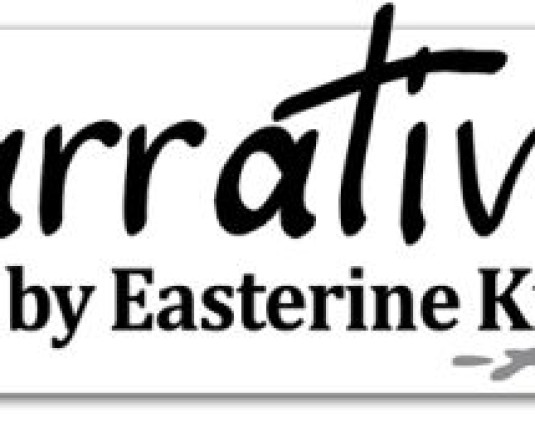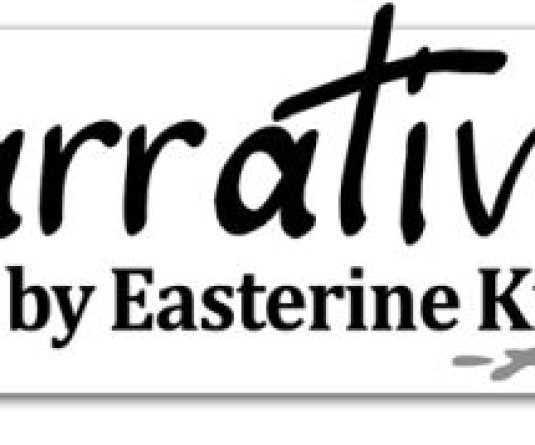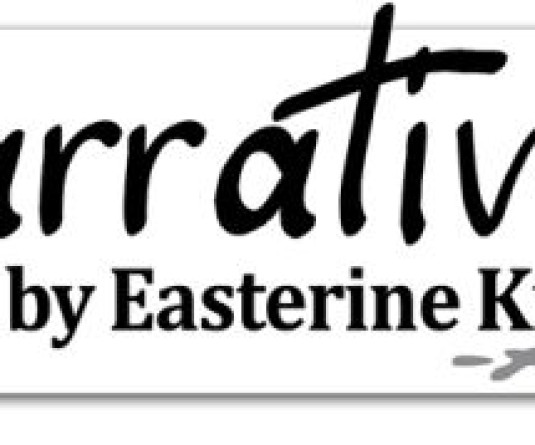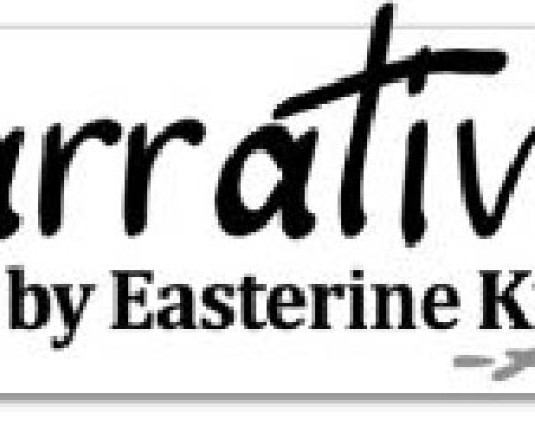
Lhütü Keyho,
Barkweaver Publications. 132 pages.

‘Fathers and Daughters’ is Lhütü Keyho’s second volume of short stories digitally released on 14th October. His first collection was ‘Avila’s Lover and Other Stories’ published in 2018. The blurb to the book by Dr Pou says: ‘Lhütü Keyho has a subtle way of captivating readers with his style of storytelling. He takes an everyday situation, narrates with ease and drives it to an unexpected finish! It is this unpredictability that hooks the reader into the stories. And this speaks a lot for his literary craftsmanship. With an eye for details and conscious choice of ordinary subjects, the choices are candidly relatable and contemporaneous. In this sense, the present volume is an extension of his previous collection, ‘Avila’s Lover and Other Stories’ (2018), but with a difference – the maturity of the storyteller.’
Indeed, it is fascinating to trace the development of Lhütü’s art as seen in the new book. Once again, it is Phek that is the setting for most of his stories, a fact that pleases me immensely as a reader. The title story is about a sports-loving father who tries to live his unfulfilled dream to be a great sportsman through his daughter. The dream is short-lived as the grown daughter falls in love and marries. At her marriage, the custom of asking for bride-price is enacted with gusto, and the enactment occupies a big portion of the story. To add to the authenticity, the actors speak in Chokri using poetic language and familiar rhymes in their badinage with the astonished groom. Lhütü presents a matter that is side-lined or overlooked in our fictional writing: the cultural clash between tribes speaking different languages and practising different cultures. After many paragraphs, the groom who is from the Ao community, is made to understand that the strange group with their incomprehensible play acting had to be placated with a sum of money as bride-price. Beautifully and artfully narrated.
Lhütü clearly puts across the message that there are stories happening around us all the time. The writer finds raw material in his daily life that he can mould into a story and give us a peep into another person’s life, perhaps a neighbour with an unusual name and an unusual life. He also opens a window into the past and ingeniously presents the tension between the non-Christian past and the eager converts in rural Nagaland. For each side, their life philosophy makes perfect sense to them, whether it is the old religion of taboos and strict observance of rituals or the new religion with its own taboos and hope for the after-life. The points of mutual misunderstanding are drawn out with pure genius.
‘Fathers and Daughters’ explores the nexus between man and spirit in the story, ‘And he Sparred with the Gods’ and the strictures of cultural practice in ‘The Art of Earning your Locks.’ Both stories deal with pre-Christian themes. The first story narrates the practice followed in new settlements of deviating from the language of the mother village. It is a fascinating look at how dialects develop because of the taboo on using the exact words and phrases used in the ancestral village. This was a custom faithfully practised by the Tenyimia group of villages and is a logical explanation for the profusion of dialects in these villages. A linguist should do research on this very creative manner of giving birth to new dialects through the working out of a linguistic taboo that puts man’s linguistic creative powers to work.
The second story focuses on the custom of not allowing virgins to grow their hair. Lhütü makes the mother in the story explain the reasons for shaving and she also gives the solution to stop the practice that is highly unpleasant for her daughter. The answer is to find a husband.
We are drawn by the writer into the smoke-filled kitchens of old widowers, the boarding school dormitories after lights off, the dark interior of a titled house where its owner continues to grasp at life in long-drawn breaths that are imperceptible and those waiting have to come closer and make sure. It is an intriguing world altogether.
Noune Jonathan Khamo’s characteristic art is on display on the cover of the book. The simplistic yet confident lines remind me of an African sculpture, something you possibly would find on a totem, the yin and yang that the relationships of fathers and daughters reflect. The illustration inside the book is by new artist, Keyo Soleho.






